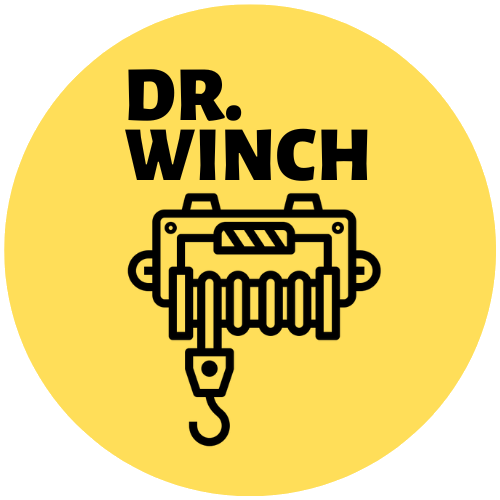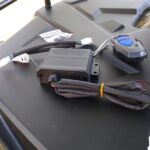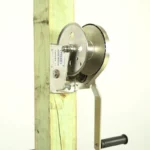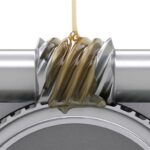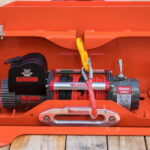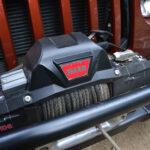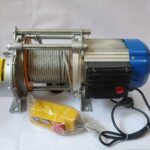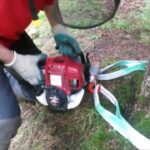Winches are essential components of your vehicle and are helpful in situations like when you become trapped or need to rescue a stuck vehicle. In specific versions, they can be found on either the car’s front or the rear, but not always.
Given its importance, it is advisable to understand how to wire a winch without a solenoid. The solenoid’s primary function is to release the switch’s tension and keep them from burning.
Steps to wire a winch without a solenoid
The solenoid indeed plays a crucial role in the winch motor. As previously said, it lessens stress, which keeps the winch from burning. When you wish to utilize it, you will be able to quickly manage it and see how effective it is. Check out the instructions below to wire a winch without a solenoid.
Items needed:
- Pliers or a spanner
- Jumper cables
- A diagram of winch solenoid
Steps to follow
Here is a detailed guide on wiring a winch without the help of a solenoid:
1. Check the actual issue
In this method, you must clearly know what you want to do while concentrating on the goal and the expected outcomes. It would be best to precisely view the solenoid to get started when wiring a winch without one.
You may get assistance at this point by using a winch solenoid wiring diagram to show you how the motor is built. The diagram will be useful when it comes time to mark your wires and terminals later on.
An experienced mechanic or the manufacturer having proper knowledge on your particular type of winch can provide you with a visual illustration.
2. Put The Winch in Free Spool Mode (Car neutral gear)
Setting the winch to accessible spool mode is the following action you should do after analyzing the circuit. You may accomplish this by simply rotating the knob. The system is portable as a result. Make sure the winch is not loaded at all.
3. Disconnect The Terminals from the Battery
Next, you have to begin with the positive lead, unplug the battery’s connections. The ground lead, though, needs to remain in place. To prevent confusion resulting in inaccurate findings, consult the schematic and name the jumper cables.
Now that the wires are disconnected from the terminals, you may aid yourself by using a set of pliers or spanners. Remember that the A, F1, and F2 labels on the posts next to the motor should be visible.
4. Connect The Jumper Wire
Connect the battery to the cable by running it from point A to F1 and then F2. Once this connection is complete, the winch motor must only operate in a fixed direction.
5. Repeat The Procedure with Other Post
Repetition of the A and F2 posts process is required once the cable connection is complete. In this instance, connecting the power source requires that you adhere to the F1 post. The motor will start to run on the other side.
So, theoretically, you can wire a winch without a solenoid by using the methods described above. However, it would help if you examined the motor’s operation from both angles. If this is the case, the switch itself could have an issue.
What Does a Solenoid Do in A Winch?
In the case of a winch, a strong motor and brake unit is activated by solenoids by delivering a high current pulse over a brief period of time, which causes the motor to activate and rotate the drum or spool. With a power winch, the drum is turned in the proper direction by an electric motor. Until the winch is pulling a hefty weight, that direction is maintained.
A contactor may have a similar functionality like solenoid but fundamentally a solenoid is different from a contactor.
Increasing the tension of the rope tied to the spool causes the spool to begin rotating if the load exceeds the motor’s torque capability. It is typically attached to a buzzer in emergency rescue operations that sounds warning sirens to help drivers get their cars out of danger or prevent collisions with things like walls, trees, etc.
When individuals need to be rescued from automobiles during crises, vehicles are often pulled manually using cable wire. Still, there are situations when this might result in the loss of human life for various reasons. For instance, using too little force when removing someone from an automobile can result in back injuries or even death if suitable precautions are not followed.
FAQs
Is A Solenoid Necessary on A Winch?
A solenoid is necessary on a winch to help protect the winch engine. A solenoid replacement is significantly less expensive than a motor replacement. Even though the winch motor can function without a solenoid, extra care must be taken.
When Should I Wire a Winch Without a Solenoid?
An electromagnetic switch called a solenoid controls the electric current flowing from the car’s battery to the winch to guarantee correct operation. However, there may be times when you need to bypass the solenoid and use the winch without it, such as while troubleshooting a winch motor or if there is a heating problem.
Why Do I Need a Solenoid on A Winch?
The winch motor is put under less pressure due to the solenoid. A solenoid may be used to create a winch that pulls smoothly. The solenoid switch is a fuse when there is an excessive electric discharge. Furthermore, because it can cause chafing, it minimizes additional wire and avoids short-circuiting.
Why Do You Bypass a Winch Solenoid?
Most of the time, mechanics avoid utilizing a solenoid by merely using it to check whether the winch motor is broken. However, the solenoid in your winch motor is crucial, particularly if you want to rule out problems with the solenoid switch.
How Do I Wire a Winch Solenoid?
Without a solenoid, the winch may be connected in five simple steps:
- View the solenoid’s circuit schematic.
- Turn the winch to the free spool setting.
- The battery connections on the winch should be disconnected.
- Connect it with a jumper wire.
- To rotate the motor in a new direction, repeat Step 4.
Summary
This article may have helped you to learn how to wire a winch without a solenoid. A car’s winch is an essential component. Even though the solenoid is the winch’s most crucial aid, not all winches require one. The solenoid plays a significant role in controlling how much electricity is drawn from the car’s battery. And the winch can function well with its aid. However, there is little you can do if your winch is having a problem.
More on Winch
